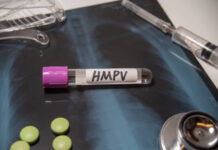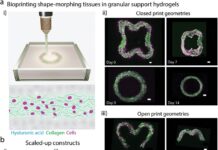Microbot Medical has announced significant progress in advancing its Liberty Robotic System to the next stage of remote telesurgery evaluation, aiming to confirm its safety and efficacy in clinical settings. The company has successfully completed the second phase of pre-clinical testing, with promising results indicating that the system could enable precise remote surgeries. As it approaches commercialization, the Liberty Robotic System is poised to make a major impact on the future of surgery, according to GlobalData.
As reported by expresshealthcare.in, GlobalData forecasts that the market for robotic surgical systems and their accessories will grow to $10 billion by 2024, with expectations to reach $15.8 billion by 2030. This growth is driven by the increasing demand for precise, minimally invasive surgical solutions due to an aging population, a focus on value-based healthcare for better surgical outcomes, and continuous technological advancements aimed at developing more efficient and less invasive robotic surgical platforms.
Graysen Vigneux, Medical Analyst at GlobalData, commented, “The progression of Microbot’s Liberty Robotic System to its next evaluation phase marks a significant advancement in telesurgery. This system has the potential to transform minimally invasive surgery by offering enhanced control and accuracy, regardless of the surgeon’s location.”
The Liberty Robotic System is engineered to conduct complex surgical procedures with minimal human intervention, using cutting-edge robotics to enable remote operations. This system aims to tackle critical issues in healthcare, such as the scarcity of skilled surgeons in remote areas and the need for high precision in intricate surgeries.
Vigneux added, “The Liberty Robotic System is a pioneering development in minimally invasive surgery, potentially reducing the need for physical proximity between patients and surgeons. This technology could broaden access to advanced surgical care globally, offering a blend of safety and precision that benefits both patients and medical professionals.”
























